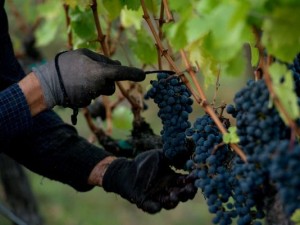America’s raisin wars: Farmers don’t want to give govt part of crop for free
 Speaking of farmers in India, heard the one about the US Federal Raisin Reserve? It’s not really called that – it’s actually the National Raisin Reserve – but those raisins stored in California warehouses belong to a post-World War II stash created by government decree.
Speaking of farmers in India, heard the one about the US Federal Raisin Reserve? It’s not really called that – it’s actually the National Raisin Reserve – but those raisins stored in California warehouses belong to a post-World War II stash created by government decree.
Apparently, the US government forces raisin producers to give it part of their annual crop to prevent oversupply. The US Department of Agriculture had been authorized since 1937 to keep commodity prices, including those for raisins, steady by managing supply.
It takes the dried fruit without payment and this has created enough tension for it to get to the Supreme Court and a challenge that might overturn the whole system.
Well, good.
What’s wrong with letting market forces determine the price of raisins rather than the US government doing so (by force)?
Several Supreme Court judges have expressed doubt about the whole procedure, two California farmers are citing the Constitution, which forbids the taking of private property without “just compensation” and everyone seems to be generally puzzled that such a system is allowed to persist in the 21st century. Justice Antonin Scalia has compared it to old-style Russian central planning and Justice Elena Kagan has called it a “weird historical anomaly.”
To understand exactly how much of an anomaly, consider this: a Raisin Administrative Committee decides the percentage of crop the raisin handlers must turn over to the government each year. These are called reserves and they are not sold on the open market – they are donated to federal agencies, charities, foreign governments – any profits are used to fund the Raisin Administrative Committee. Any excess goes back to the producers.
What a rigorous and roundabout way of keeping prices steady. Whatever happened to the free market?
Or is the lesson the following: that the market can only be free because of insidious controls?

